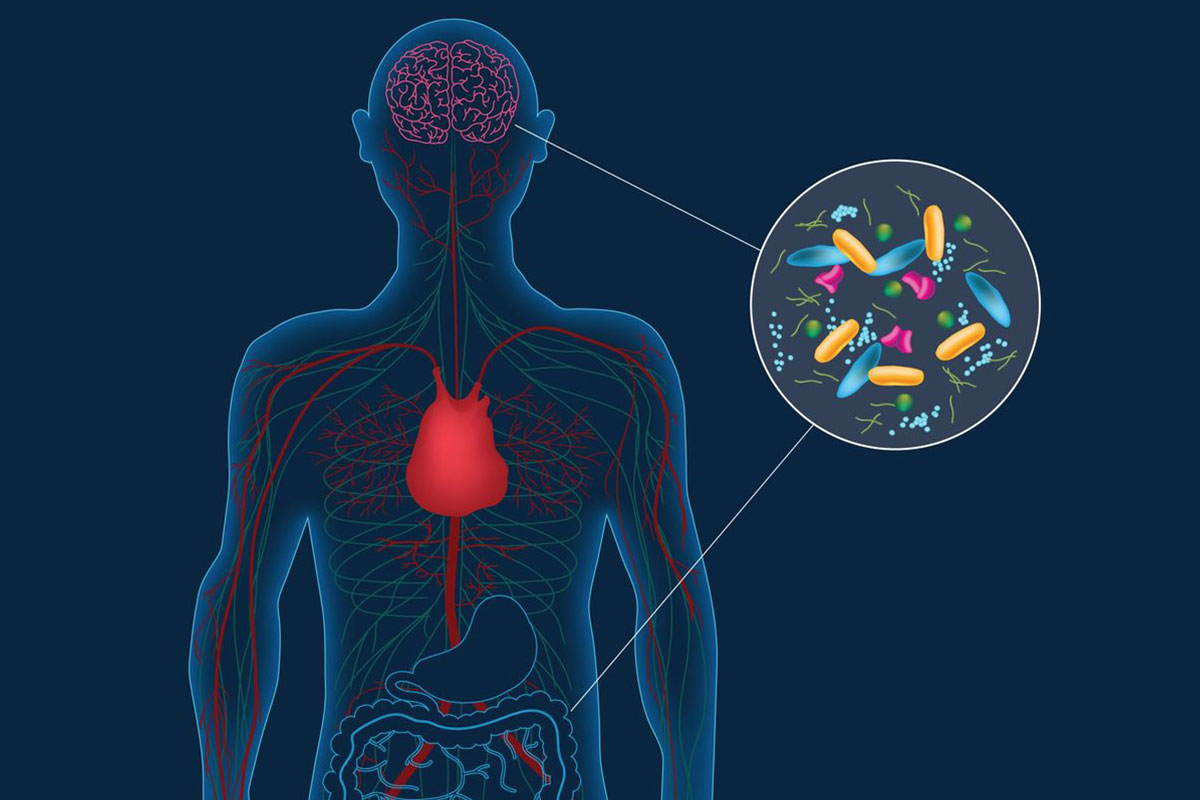Is Fecal Transplantation the same as Flora Transplantation?
No. In fact, the underlying principle is the same. Flora transplantation involves transplanting flora from a donor with healthy flora into a patient whose digestive tract flora is weakened, deformed or impaired.
As I realized that the process I started with fecal transplantation proved to be inadequate over time, I conducted several studies to find an answer to the question of how to perform a more effective and inclusive flora transplantation. My research led me to develop TOTAL GASTROINTESTINAL FLORA TRANSPLANTATION (TGFN). TGFN offers a much higher treatment coverage, treatment success and long-term persistence. Unlike fecal transplantation, TGFN involves the transplantation of specific live flora members from each site (from the same site in the donor to the corresponding site in the patient).
WHAT IS TRANSPLANTED BY FECAL TRANSPLANTATION and HOW IS IT PERFORMED?
Inhabiting the entire digestive tract, our flora replenishes itself many times a day. The waste of living and dead flora that has reached the end of its lifespan travels naturally through the digestive tract and is excreted in the FECES. Of the volume of feces, 60-70% is made up of flora residues. Actually, fecal transplantation involves the transplantation of not the feces, but the flora bacteria in it. The full term is indeed “Fecal Microbial Transplantation”, i.e. “Transplantation of Microbiota in Feces” (Hedef kitle İngilizce bilen kitle olduğundan cümle şu şekilde çevrilmiştir: Terimin tam karşılığı aslında “Fecal Microbial Transplantation”, yani “Gaita içindeki Mikrobiyotanın Nakli”dir.). The flora of the upper segments of the digestive tract is often deformed in the course of natural progression. Therefore, fecal transplantation usually involves the transplantation of the flora of the segments following the small intestine of the digestive tract. Therefore, fecal transplantation is based on the transplantation of non-selective flora.
HOW IS FECAL TRANSPLANTATION (i.e. Fecal Microbial Transplantation) IS PERFORMED?
Fecal transplantation is the process of collecting fecal material from at least one healthy fecal donor, subjecting the collected material to a number of procedures, and transplanting it into the patient’s digestive system through endoscopy and colonoscopy. Fecal transplantation is performed in the endoscopy ward of the hospital, under sedation (mild anesthesia) supervised by an anesthesiologist, while the patient is asleep and breathing normally. The patient feels neither pain nor remembers the procedure. After the procedure, the patient wakes up spontaneously.
Fecal transplants by type are listed below:
- Fecal transplants from a single donor to a single anatomical site
- Fecal transplant from multiple donors to a single anatomical site
- Fecal transplant from one donor to multiple anatomical sites
- Fecal transplant from multiple donors to multiple anatomical sites
WHAT IS FLORA?
Certain parts of the human body are inhabited by microorganisms which peacefully live with us, do not harm us, contribute to the vital functions of the region in which they live, cause health problems when not present, whose functions cannot be compensated in any other way, which constantly renew themselves, whose diversity increases under favorable living conditions, and whose number and biodiversity decrease in some unfavorable conditions. Their generic name is FLORA.
HOW MANY TYPES OF FLORA BACTERIA HAVE BEEN IDENTIFIED IN THE DIGESTIVE SYSTEM?
The number of flora bacteria identified in the human digestive tract to date is 1054.
HOW MANY TYPES OF FLORA BACTERIA DO HUMANS HARBOR IN THE ENTIRE DIGESTIVE SYSTEM?
The most important factor in this is the environmental conditions. Whereas the diversity of flora in those living in large metropolitan areas is as low as 50-60, this figure tends to increase in rural areas. This figure is around 100 to 110 on average in Turkey.
WHAT IS A FLORA TRANSPLANT?
Flora transplantation is the process consisting of collecting flora samples from at least one healthy FLORA DONOR under general anesthesia through endoscopy and colonoscopy from approximately 30 different anatomical regions of the digestive system, with each region being washed with serums suitable for its own characteristics and aspirated back, subjecting these samples to some series of specific procedures, and then transplanting them endoscopically and colonoscopically to the equivalent anatomical regions of the patient under general anesthesia.

